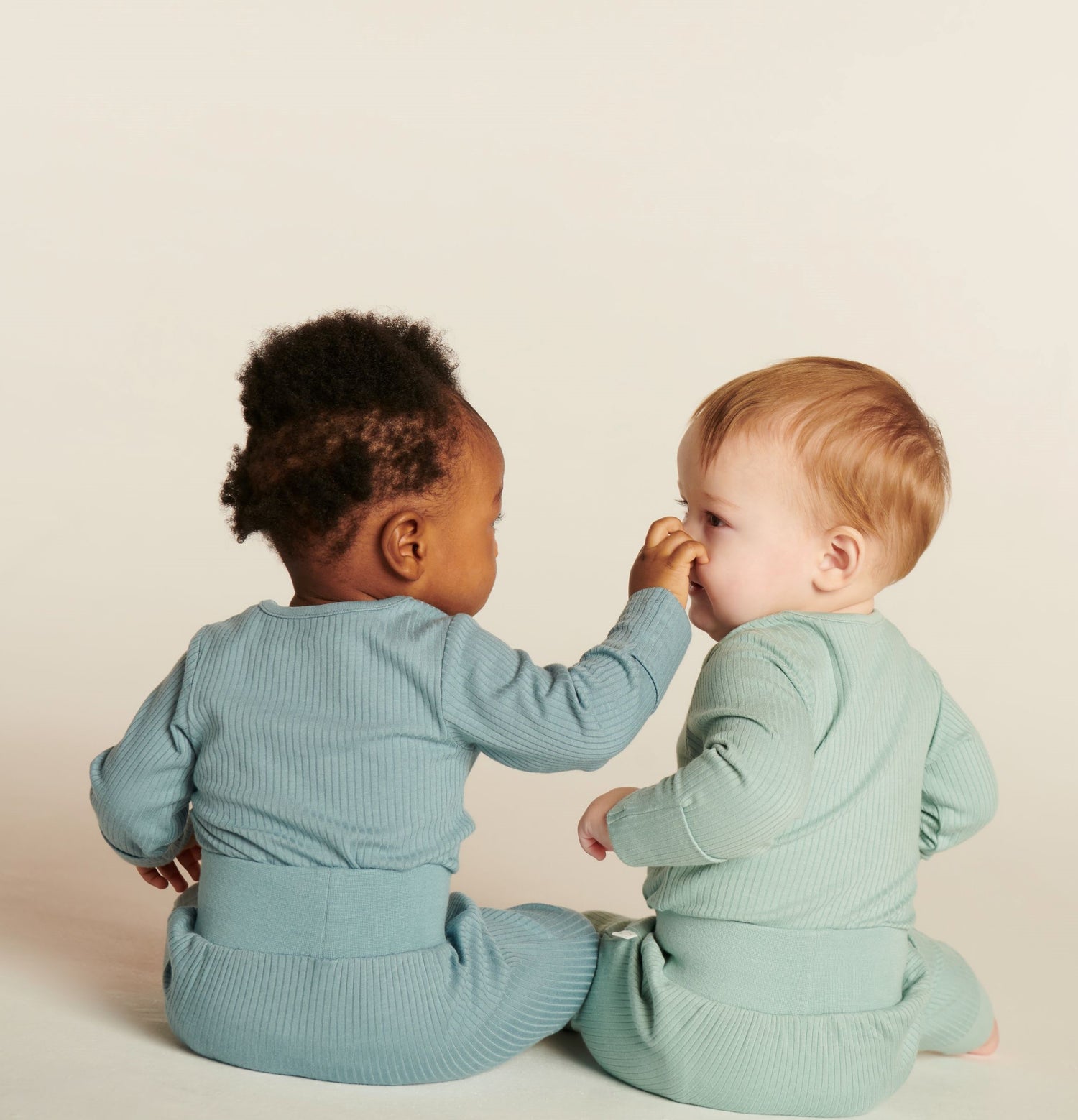
The Eco Benefits Of Cloth Nappies
Share
As parents, we are conscious that our choices can affect the environment that our children will one day depend on. So making eco-conscious choices whenever possible is important. Using cloth over disposable nappies is often suggested as a great way to help protect the environment and reduce the impact of global warming.
However, how eco-friendly are cloth nappies? Are they as good as suggested and worth the large upfront cost compared to disposable nappies?
In this post, we will delve into the benefits of cloth nappies, including how they help protect the environment, how to care for nappies to get the best out of them, and whether cloth nappies can save you money over using disposable nappies.
So read on to find out why changing to cloth could be a great option for you and your family.
The eco-benefits of cloth nappies

The amount of waste disposable nappies create every year is staggering. It is estimated by Zero Waste Europe, which researched the effects of disposable wipes, and sanitary products on the environment, that 6.7 million tonnes of single-use nappies were used in the EU, which ends up in landfills and increases the impact on global warming.
Cloth nappies are reusable and cause zero landfill waste if they are cared for properly and used alongside reusable wipes and liners. Cloth diapers minimise the waste generated by disposable nappies and contribute to a more environmentally friendly production process.
The UK Department for Environment, Food, and Rural Affairs (DEFRA) has confirmed that cloth nappies are easier and eco-friendly to produce following a report into their life cycle. The findings were:
- Reusable nappies produce 25% less CO2 than single-use disposable nappies
- Reusables use 97.5% less raw materials than disposable nappies
- The environmental impact of the production of reusable nappies is over 90% lower than for single-use disposable nappies.
Does washing cloth nappies cause an environmental impact?

It is often considered that, while cloth nappies help to reduce waste, washing and drying cloth nappies have their own negative impact on the environment. It is also considered laundering cloth nappies caused additional expense, however, is this true?
Cloth nappies can be washed with full loads of washing, and air dried either outside or by air drying around the home. When cared for this way cloth nappies do not generate any additional strain on the environment. However, the DEFRA report did highlight that if cloth nappies were washed on separate washing loads at hot temperatures, and then tumble dried the amount of CO2 produced by cloth nappies would be significantly increased. Therefore in regards to whether washing cloth nappies has an environmental impact, the report stated that it is the consumers’ behaviour after purchase that determines most of the impacts from reusable nappies.
Can cloth nappies help you save money?

Using reusable nappies can save you money in a few ways. Although there is an initial upfront cost to buying cloth nappies this cost is significantly lower than the cost of buying disposable single-use nappies for the entire period your child will need them, with Zero Waste Europe estimating savings to be between €200-€2000 (£175 - £1750) depending on how you use cloth nappies.
The same cloth nappy can be used on a newborn and be adjusted to grow with your child until they are potty trained, reducing the number of cloth nappies needed. Additionally, cloth nappies can be used on multiple children, and be passed on to siblings or bought secondhand. This greatly reduces the cost of reusable nappies and offers an opportunity to save money in comparison to buying single-use disposable nappies.
Many councils throughout the UK also offer incentives to buy reusable nappies with discounts, trial packs, and even help to launder nappies available in some areas.
It is also good to point out that disposing of disposable single-use nappies bears a cost to your local council for the disposal and treatment of the waste that disposable nappies generate.
Conclusion
Using cloth nappies can go a long way to greatly reducing the impact of waste on global warming. As long as cloth nappies are cared for in an eco-friendly manner, by washing at low temperatures, air drying, and re-using them on more than one child, they have the potential to be the most eco-friendly choice when choosing a nappy for your baby.
By switching to cloth nappies you can help to reduce your carbon footprint and therefore help to protect the environment. By investing in reusable nappies you can make great efforts towards protecting the environment for future generations as well as saving yourself and your family money on the cost of caring for a child.

